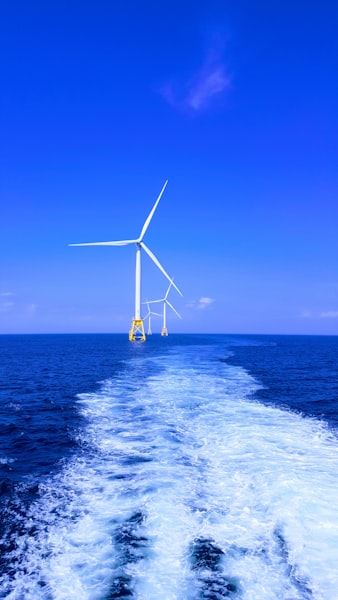
A Major Breakthrough in the Quest to Harness Fusion Energy
US scientists have achieved a major breakthrough in the quest to harness fusion energy, the power that powers the sun and stars. For the first time, researchers at Lawrence Livermore National Laboratory in California produced more energy in a fusion reaction than was used to ignite it, resulting in net energy gain. Fusion works by pressing hydrogen atoms together with such force that they combine into helium and release enormous amounts of energy and heat. This could eventually lead to nearly limitless, carbon-free energy sources, replacing fossil fuels and other traditional sources of energy. However, producing energy from fusion is still decades away.
Fusion Energy and Net Energy Gain: The Facts
Fusion energy has the potential to provide a clean, safe, and virtually limitless source of energy. Fusion reactions produce more energy than they consume, resulting in a net energy gain. According to the International Atomic Energy Agency (IAEA), fusion reactions can produce up to four times as much energy as is required to initiate them. In addition, fusion reactions release no greenhouse gases or long-lived radioactive waste products. Furthermore, the fuel used for fusion reactions is abundant and widely available. Deuterium can be extracted from seawater, while tritium can be produced through lithium-6 enrichment. Finally, fusion reactors are inherently safe due to their low operating temperatures and lack of criticality accidents.You might also like this article: Die Wohnungswirtschaft steht vor einer schwersten Krise seit Jahrzehnten. Picture source: Tommy Krombacher





